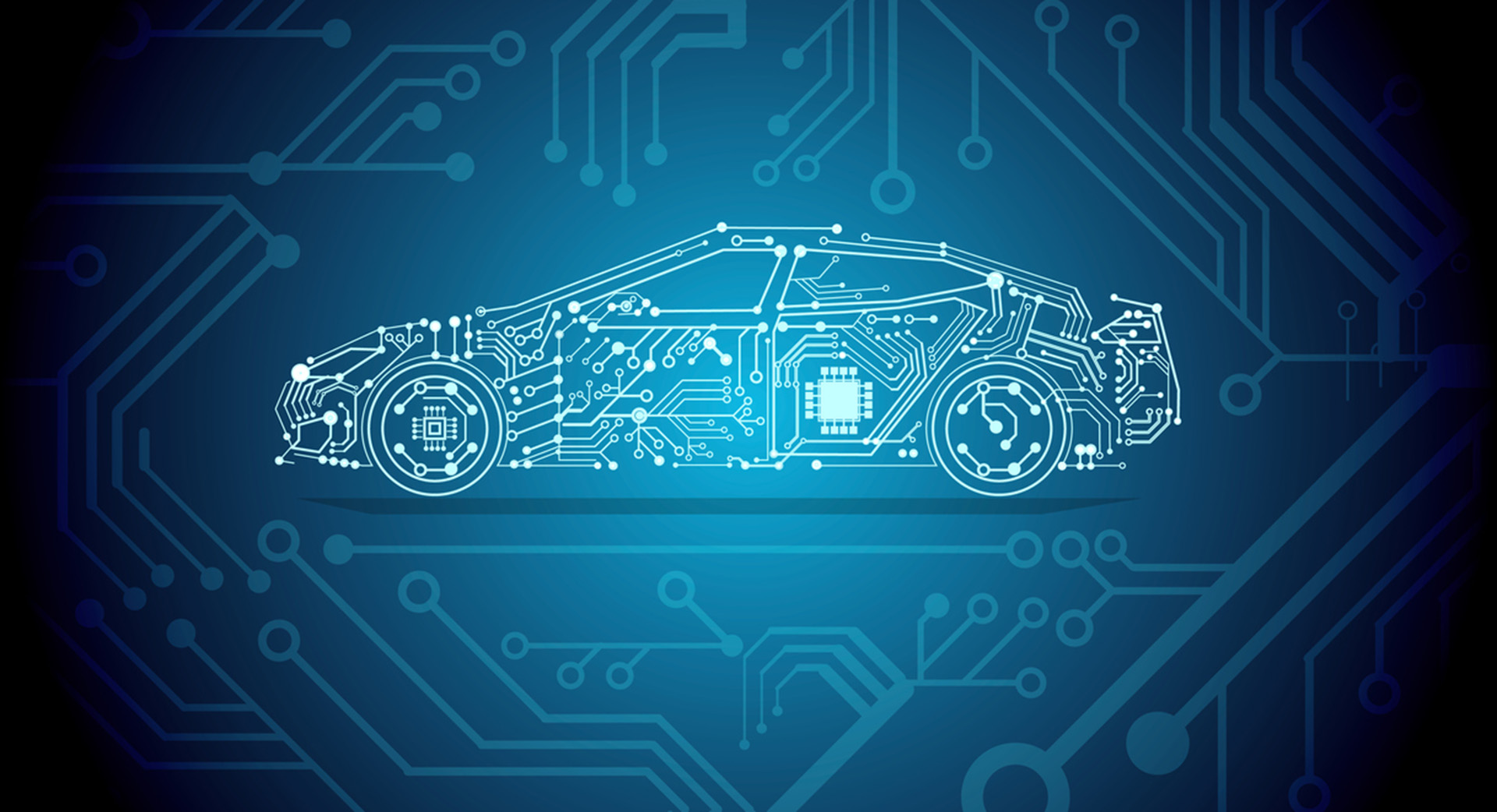There has been discussion about the objective difficulties faced by traditional car-makers for some years, especially regarding the strategic choices to be made in order to support the electric transition process.
The first point of weakness of historic car manufacturers is, without doubt, the conflict of interest: companies that have invested in projects for diesel and petrol engines, perhaps still in production or in the course of financial amortization, are certainly having problems in promoting electric cars, generating, in this way, possible situations of cannibalisation inside the company’s same product range.
Veritable lists of disadvantages regarding electric traction are often drawn up by car dealers. The hostility of dealers relating to the sale of electric cars are effectively boomerangs for those who, while having electric cars in their product range, prefer to promote the easier traditional solution, in clear contrast with the growth trend of the battery-powered vehicle market.
The heart of the modern electric vehicle is now universally recognised: the battery and the control software. Electric car producers have refined the development of projects with particular attention towards solutions that are no longer fundamental for internal combustion engine cars.
Over the years, the concept of the mobility and software service developed by Tesla for its customers has given rise today to the difficulties of competitors, even just to copy the pioneering solutions of the Californian producer, today the leader in the assembly of battery packs, in the development of the charging network and, predictably, in the application of technology for self-driven cars. Tesla’s evolution from a mere producer of cars to a developer of solutions for electric mobility is decidedly singular and unique if compared to practically all the traditional competitors in the automobile sector.
Tesla has always been very focused on launching on the market products and services of a very high level. In contrast, competitors of the brand have often chosen to assign significant resources, through extensive and costly advertising campaigns, to low quality products and to services that do not take account of customers’ real needs.
In addition, all the followers of Tesla have encountered difficulties, starting from sales in the dealerships, obstructed by those who see the electric car as a threat rather than a new business opportunity and a benefit for the community. Such difficulties have, therefore, permitted Tesla to acquire significant market segments, such as the premium and luxury electric cars markets.
New growth opportunities for urban and short-distance mobility
At the same time, the low-price small and medium-small electric car market seems not to be so appetising for Tesla and the scarce interest in this part of the segment leaves ample space for Chinese car makers and for new urban and private mobility solutions: light quadricycles and micro battery-powered vehicles are, in fact, much better suited and more efficient, even more so if managed with modern digital car-sharing services and shared mobility solutions, already very popular in many Italian cities.
These new market niches give rise to the possibility of developing start-ups in the sector which could enjoy the advantage of being already full-electric and, therefore, without the “original sin” of having being created first as endothermic vehicles.
A new distribution model for electric cars
In a few years, the Californian colossus has acquired a high level of financial capitalization on the stock exchange compared to its traditional competitors. Tesla has also been able to offer its cars and services online, directly exploiting its solutions, avoiding the inefficiencies of the traditional distribution chains, trade barriers, dealers and intermediaries which often filter and interpret in the own interest the policies of the car makers with whom they are linked.
The importance of a rapid charging infrastructure
More than 14 years have gone by since the launch of the first mass-produced electric automobile, the Tesla Roadster model with a lithium-ion cell battery. The pioneers of mobility electrification understood right from the start that battery-powered vehicles can be easily charged, during the night or while parked, in any electric socket. It was, and still is, however, extremely important to develop a dedicated high-speed charging network that can readily offer a travel experience similar to that for fossil-fuel vehicles.
With a delay of many years, traditional car makers are creating start-ups and forging partnerships with the aim of developing a widespread charging infrastructure, but time is still needed to reach a geographic coverage similar to that of the Tesla Super Chargers, that is, with a power of 250 kW.
Legislative confusion
Also, from a legislative point of view, after the announcement of 14 July 2021 regarding the severe restrictions introduced by the Fit for 55 scheme, any future hesitation on the part of the EU and its most important countries will create further uncertainties in the corporate programs and budgets of traditional car makers.
The principle of technological neutrality, the freedom to choose between different types of traction, the lack of a clear legal imposition of battery-powered electrical technology, and the zero-emissions obligation for private cars, will leave traditional car makers the freedom to propose their different motorisations while allowing for a wider margin of risk of misjudgement and consequent economic damage for companies if the market goes in a direction different from that expected by the historic brands.
Reinova’s role is to orientate its partners towards high quality technical solutions, products and services, and to focus on the maximum satisfaction of customers’ needs, in terms of safety of current and future electric and electrified mobility, with rapid and certain timeframes for their achievement.
